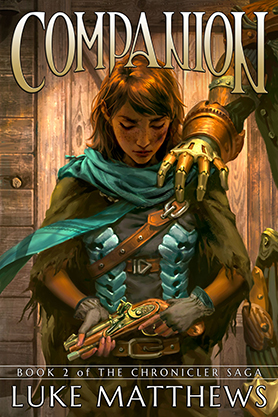Story by Peter Calloway
Art by Andres Guinaldo
Now that the haphazard and under-billed Judgment on Gotham crossover has run its course, Gotham City Sirens is free to return from its brief detour to focus on Harley’s attempt to break the Joker out of Arkham. After a few pages re-introducing Catwoman to this main storyline, the majority of the book focuses on the riot Harley has triggered inside the asylum. In issue #21, Harley was given an effective turn as the type of villain she was meant to be, harkening back to her origins as a psychologist and allowing her to use her considerable intelligence and knowledge against the staff and inmates of Arkham. The moment she’s back in the Joker’s presence, however, she reverts back to Joker’s-girlfriend-slash-sidekick status, blindly following along as he conducts the ensuing chaos.
Catwoman and Poison Ivy are again sidelined here, and without Harley displaying the more weighty side of her personality, this issue feels unfocused and shallow. Catwoman is barely involved in the issue, and Ivy’s part is almost ridiculously superfluous. I’m still confused about why Ivy and Harley are “friends”, despite the fact that both are portrayed as far too intelligent to put up with the other’s individual insanities. As usual, Catwoman just doesn’t seem to fit here, and her interactions with both Batmans come off confusing and inconsistent. The book is mildly entertaining, if nothing else, and is nearly (but only nearly) saved by Andres Guinaldo’s artwork. His renderings of Black Mask and Poison Ivy are especially striking, and he infuses considerable excitement into the book’s heaping dose of action.
In the end, this is just another Bat-book about inmates causing bedlam at Arkham. Too many characters, too little focus on the main three, and a chaotic storyline with few interesting implications cause this book to fall short.

